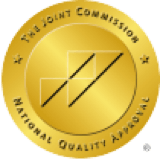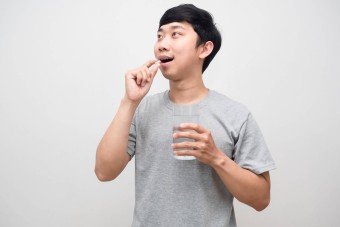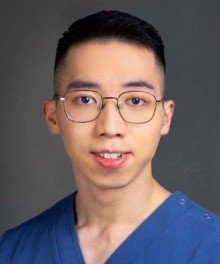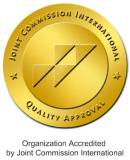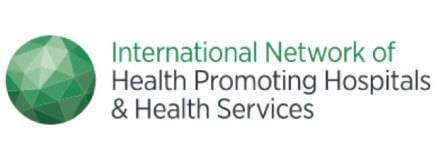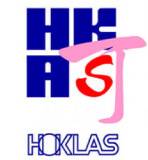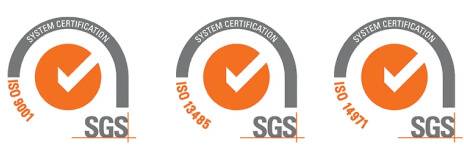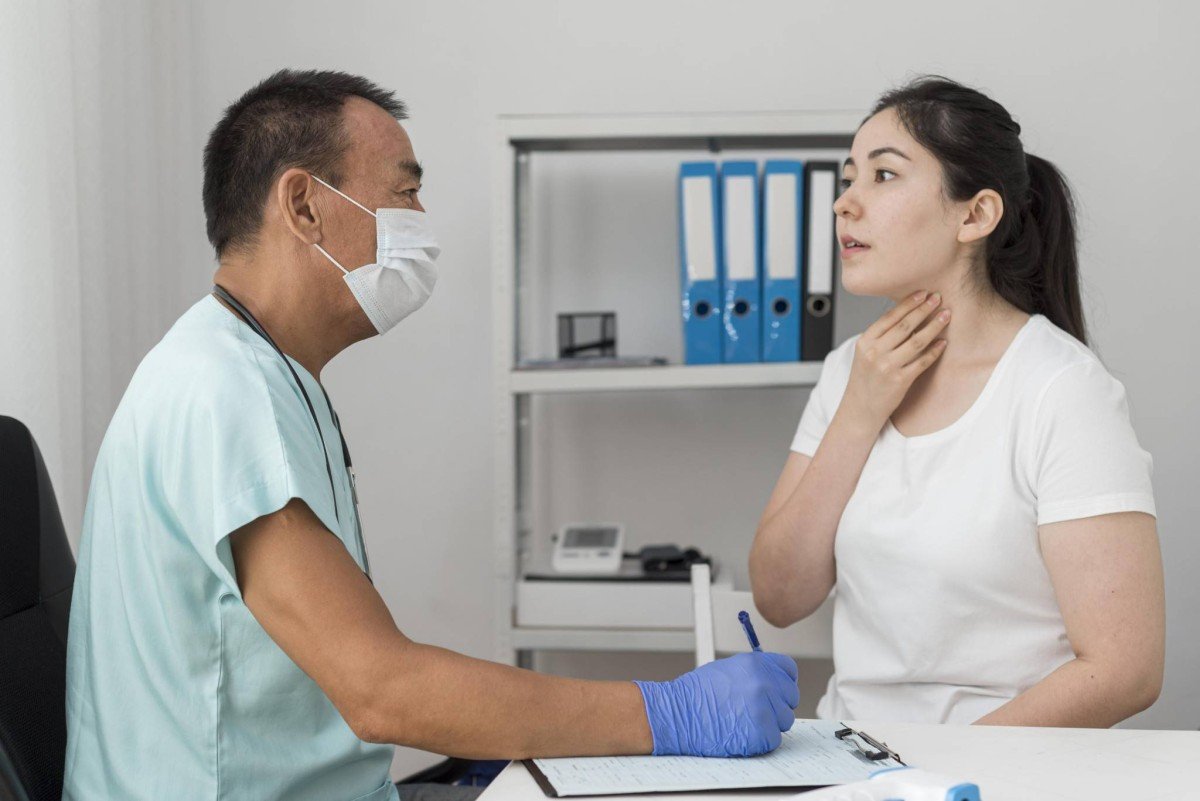
"At the restaurant, I watch my family devouring roast pork, but I don’t dare put any in my mouth. My quality of life has completely deteriorated. I hate living like this," said a patient with swallowing difficulties.
Have you ever imagined being unable to eat or drink what you desire?
If a patient’s swallowing ability is underestimated or their risk of aspiration is overestimated, the dietary restrictions recommended by therapists can become heavy shackles at the dining table, unnecessarily limiting the patient’s enjoyment of food and overall quality of life.
The Blind Spots and Limitations of Bedside Swallowing Assessments
Patients with swallowing difficulties typically undergo a bedside swallowing assessment first. However, it’s important to recognize the limitations of this evaluation: speech therapists may not always accurately assess a patient’s swallowing ability or aspiration risk, such as:
- Silent aspiration (when food/liquid enters the airway without coughing)
- Mistaking phlegm for aspiration
When a bedside swallowing assessment fails to provide sufficient information for a comprehensive and accurate diagnosis, instrumental swallowing evaluations, such as a FEES (Fiberoptic Endoscopic Evaluation of Swallowing) should be used.
Performing Swallowing Endoscopy FEES
One primary objective of conducting FEES with specialized equipment is "to safely, effectively, and accurately assess swallowing abilities and evaluate the patient's risk of aspiration."
The purpose of performing FEES extends beyond merely determining swallowing function and aspiration risk. More importantly, it establishes a solid foundation for developing highly effective swallowing rehabilitation plans, ultimately working toward the long-term goals of improving the patient's nutritional status and enhancing their overall quality of life.
FEES isn’t just for initial assessments, it’s also used mid-treatment or post-recovery to evaluate:
- Whether nasogastric tubes or gastrostomies can be removed
- If diet upgrades are safe
- The need for thickening agents
- Effective compensatory swallowing strategies etc
In Hong Kong…
Hong Kong’s regulations, speech therapist training, and licensing systems etc differ from other countries.
In Hong Kong, FEES is typically performed collaboratively by ENT specialists and speech therapists. The doctor gently inserts a thin endoscope through the nostril to observe the throat before, during, and after swallowing. Once the scope is in place, the speech therapist systematically guides the patient through consuming foods/liquids of varying textures and thicknesses while controlling portion sizes and testing compensatory maneuvers. This allows for precise evaluation of swallowing safety.
Note: For frail, elderly, or critically ill patients, doctors may use a bronchoscope to safely suction any residual food, pooled secretions, or aspirated material (i.e. on the vocal cords), minimizing risks and enabling testing of more food textures.
Advantages of FEES
- No radiation (unlike VFSS/X-ray studies)
- Accurately identifies dysphagia, aspiration (including silent aspiration), and severity (i.e. food above/below vocal cords, ability to clear aspirated material)
- Immediate results enable faster dietary adjustments, reducing hospital stays and costs
- Real-time visualization of throat anatomy and vocal cord function
- Clear visualization of saliva, secretions, food residue, and associated risks
- Assesses vocal cord function, structural integrity, and throat sensitivity
- No contrast agents required (unlike VFSS), avoiding constipation risks and preserving natural food textures, critical for dementia patients
- If food residue accumulates, doctors can safely suction it, allowing further testing to obtain more accurate information and facilitate precise assessment of swallowing function and aspiration risk
- Post-assessment, therapists and patients can review recorded footage together for better understanding by patient and their family members
- Tests real foods/drinks the patient enjoys, reflecting actual eating habits
- No time pressure (unlike radiation-limited VFSS), allowing thorough testing of compensatory strategies (e.g., head turns, chin tucks, effortful swallows)
Note: When performing FEES on more fragile, elderly, or critically ill patients, physicians may utilize a bronchoscope to safely and effectively suction any undigested food boluses, residual food particles lodged in various areas of the throat, or aspirated material (such as food particles on the vocal cords). This approach minimizes procedural risks while simultaneously enabling the evaluation of a wider variety of food textures and consistencies during the swallowing assessment.

